
The Huawei P30 series that was recently introduced in Paris, France introduced many technological improvements and innovations that were never before seen on a Huawei smartphone. In this article, we’ll be taking a closer look at the Top 12 technologies behind the Huawei P30 series and how they work to push the technological envelope for smartphones.
Record breaking quad camera setup
Starting off with the camera, the Huawei P30 Pro comes with a quad-camera system setup which has managed to score the highest points of any smartphone at 112 points on DxOMark.
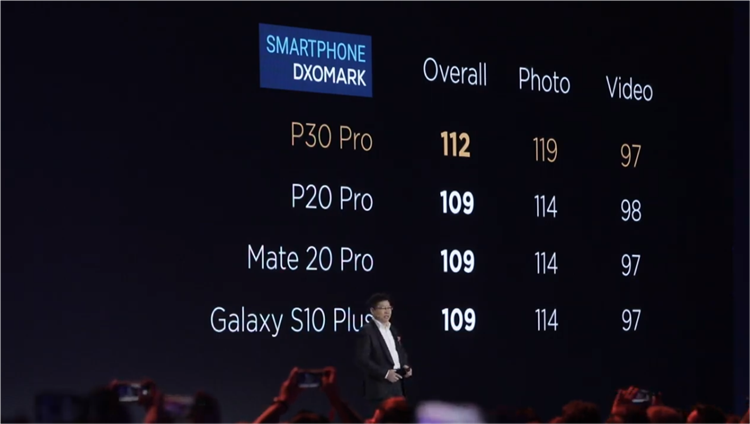

To go into more detail, the quadruple camera system consists of a 40MP wide angle sensor, followed by a 20MP ultra wide angle sensor, an 8MP telephoto sensor as well as a ToF sensor for depth of field as well as 3D mapping capabilities. These are combined with new photo-binning or super resolution algorithms and AI or Artificial Intelligence automatic settings that help make photos sharper, clearer and more accurate.
World’s first RYYB image sensor
Instead of using the traditional RGGB image sensor technology, Huawei utilized the latest RYYB image sensor technology which increases the amount of light captured from the sensor by up to 40%. The more light the sensor can capture, the more details it can reproduce in an image, especially in low-light situations.


This is big news for photographers who take pictures under low light as the new sensor allows the P30 to crank up the ISO up to 204800. The P30 Pro on the other hand is able to go as high as 409600, comparable to that of a pro-grade DSLR camera.
Up to 50x Super Zoom
There were numerous rumours going around before the launch of the P30 series, stating that the P30 Pro will be coming with up to 50x zoom. While it sounded too good to be true at first, during the launch demonstration we were pleasantly surprised to see the new zoom technology actually being demonstrated on stage.
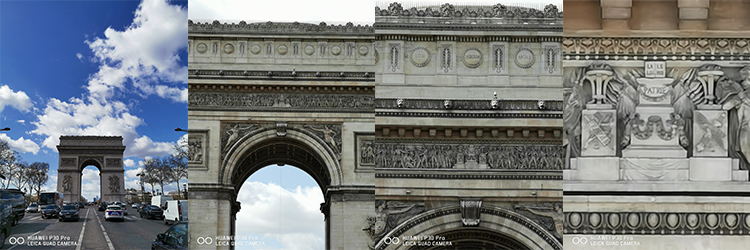
From left to right - 1x, 5x optical zoom, 10x lossless zoom, 50x digital zoom, you can check out our other zoom in photo samples right here
The 50x zoom is achieved using a combination of lenses placed in a periscope-like configuration, AIS Smart Anti-shake along with OIS and a well-optimized AI software processing to ensure that pictures of objects more than 20 meters away can be taken beautifully. That being said, I don't suggest anyone to abuse this technology from afar (cough cough)!
Bokeh just got better with the ToF depth sensor
Not everyone is interested in taking beautiful landscapes, so being able to take a proper portrait photo is a dealbreaker for quite a few users out there. The ToF or Time-of-Flight camera in the rear gives the photo extra versatility especially when it comes to taking portrait photos as it allows the user to add effects such as bokeh and many others to bring emphasis to the subject. It does this by accurately and quickly measuring the depth of an image or video, sort of like a laser tape measure does.
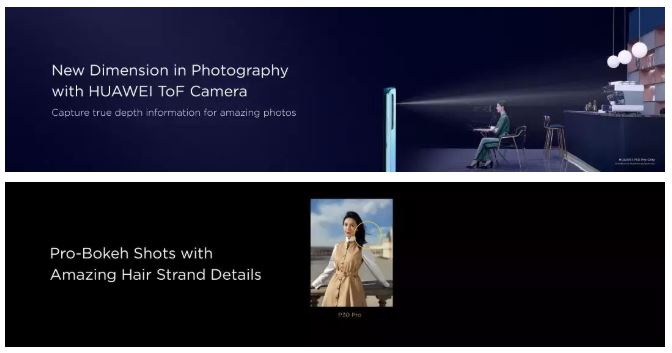

Not only that, but as far as we know the phone also claims to have improved hair detection, which means we’ll most probably be getting better portrait segmentation, but of course we’ll be looking forward to testing it for ourselves when we manage to get our hands on it. Also, did you know that you could use the ToF sensor for 3D scanning? I'm pretty sure they'll also include the Live 3D animator tool, which was previously found on the Mate 20 Pro.
Low light capabilities just got even better
One of the reasons why the previous Huawei P20 series were selling like hotcakes was due to the amazing low light capabilities. It was fully capable of turning pictures of subjects in less than ideal lighting into what seemed like properly lit up by studio grade softboxes.

That being said, the low light capabilities of the P30 just got even better thanks to the new hardware found on it as well as features like the dual anti-shake AIS+OIS technology. This is often a major weakness even in phones with just OIS or Optical Image Stabilization as pictures taken in the dark are blurry and filled with noise as the camera tries to compensate, but can't, so the decision to add AIS+OIS together was a good one.
It’s time to ditch those tripods you’re been carrying
Speaking of the AIS and OIS technologies, taking long exposure shots is now a snap as the 2 technologies mentioned work hand in hand to ensure that you are able to effortlessly take long exposure shots of waterfalls and light art without the need of a heavy, inconvenient, bulky tripod. We're not saying your pictures won't be better with a tripod mind you, but thanks to the combination stabilization technology, even if you don't have a tripod on hand, pictures don't end up a blurry mess.
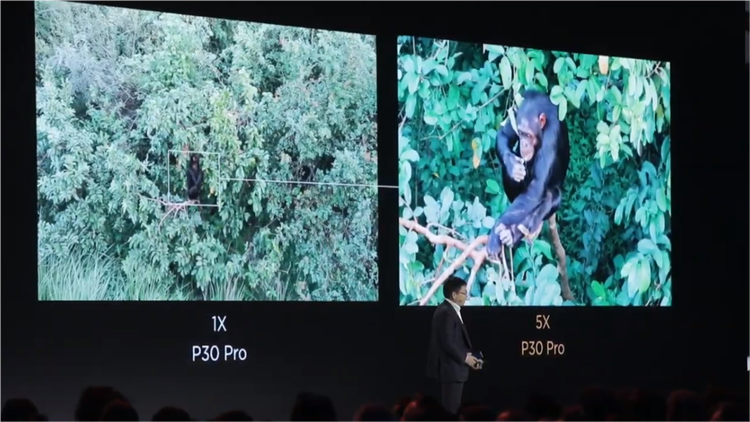
Dual simultaneous video recording
Other than photography, video recording has also gotten its fair share of new features. This includes dual simultaneous video recording which allows the user to record a single video with both wide angle footage as well as a variable zoom shot of the subject they are taking a video of.
It's an intriguing concept as it could definitely make the job easier for videographers, especially for those special moments that you can't replicate again. At the time of writing this, all we have are the demo videos of this so we can't really showcase what you can do with dual-view video recording just yet, but we're plenty stoked to see.
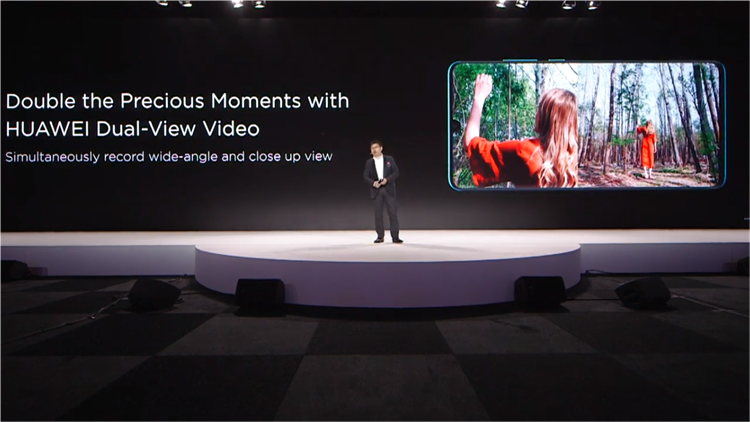
Seamless under display fingerprint sensor
Huawei also got rid of the capacitive fingerprint sensor found in the Huawei P20 in favour of the in-display fingerprint sensor. This not only helps the phone to look sleeker while still retaining the fingerprint unlock functionality, but Huawei have also increased the scanning speed which is up to 30% faster.
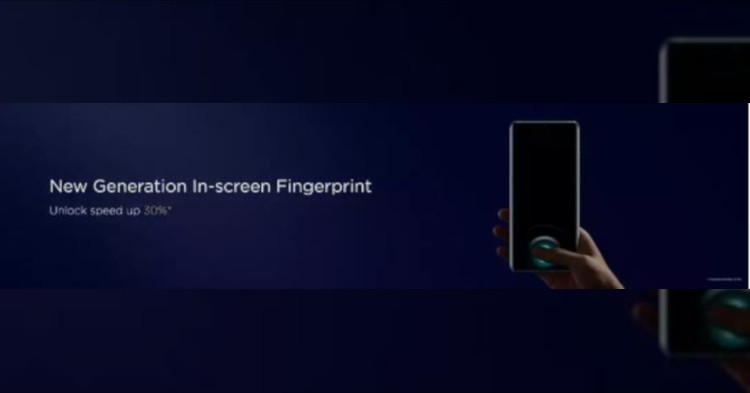
There’s an under display earpiece, too!
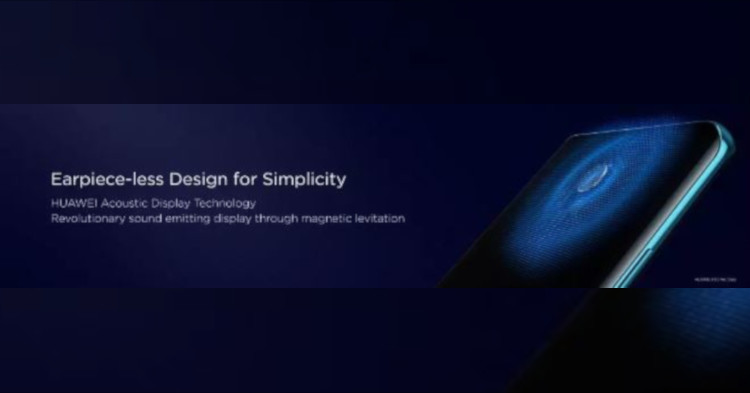
The earpiece is no exception because it too has ended up under the display (under display camera should be coming too! Hopefully soon.). This gives you a seamless display experience thanks to the new Huawei Acoustic Display Technology which works by projecting sounds through the screen using vibrations.
In theory, if you are in a noisy environment, you could press the earpiece against your ear to hear whatever that's coming out from the earpiece more clearly. Again, we'll be able to confirm more once we've done some further testing on this, so stay tuned to that in future weeks.
Fully charge your phone in less than an hour


The Huawei P30 Pro comes with a rather large 4200mAh battery, which is more than capable of lasting you more than a day of usage before needing to recharge. But then again, charging that big of a battery is probably going to take more than an hour to fully recharge. Thanks to 40W Huawei SuperCharge, you can now fully charge this TUV Rheinland certified battery in less than an hour.
There is also an option to wirelessly charge your phone with the 15W Wireless Fast Charge if plugging in the device is too much of a hassle. Oh, and did I mention that you could also use the reverse wireless charging feature found on the P30 Pro to wirelessly charge any device that supports the Qi standard such as an electric toothbrush, electric shavers, earphones and more?
New year new EMUI in the P30 series
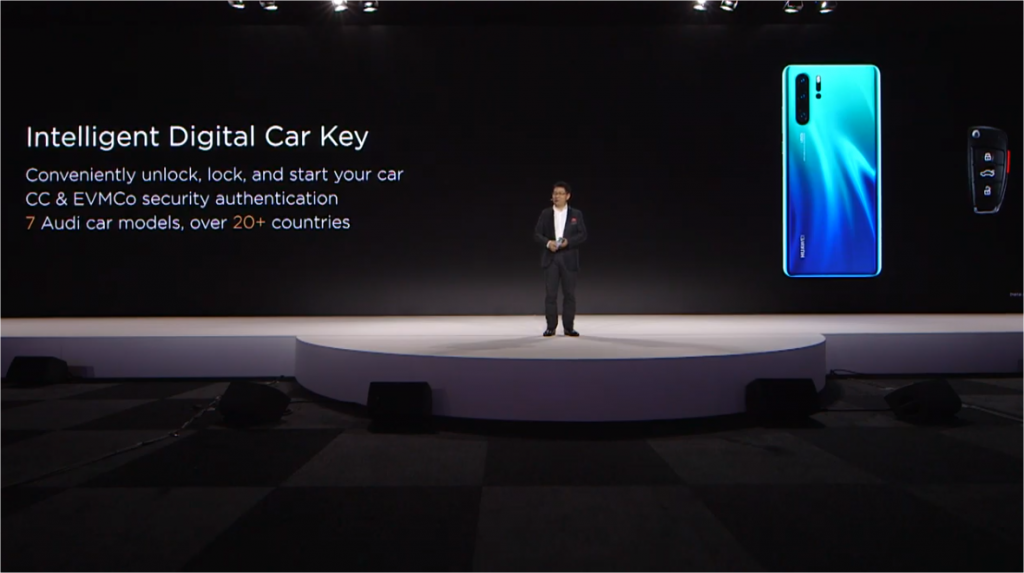
Onto the software aspect, the new EMUI 9.1 brings an up to 20% performance increase along many quality-of-life features such as the ability to remotely unlock and even start your car, new One Hop feature on the Huawei Share to effortlessly transfer files over to another Huawei device as well as track your progress on the treadmill.
Those who enjoy gaming should also be pleased to see GPU Turbo 3.0 in the smartphone, with now up to 19 mobile games supported. GPU Turbo not only makes graphics more efficient but it clearly helps to reduce lag in gameplay, so that you end up with smooth gaming throughout.
Absolutely gorgeous colours to choose from
The Huawei P series has always been known for their beautifully coloured phones and the P30 series is no exception, thanks to its new advanced colour matching methodology which takes inspiration from nature and portrays it in all four hues, particularly the Amber Sunrise, Breathing Cystral, Black and Aurora. I have a feeling that the Amber Sunrise would most probably be a fitting gift for Chinese Lunar New Year, but everyone loves a red phone, regardless of the season.
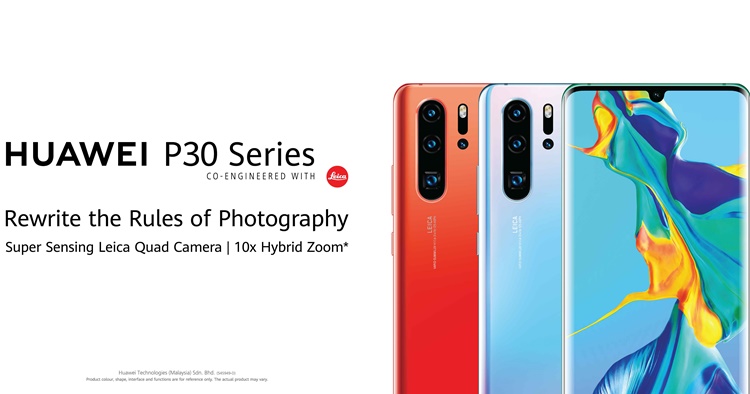
All of the technology above is what makes the P30 series such a big contender in the year 2019, raising the bar for photography, design as well as functionality. The devices mentioned are expected to be announced on 2 April 2019 with a number of high-level freebies, the MateBook 13 and up to 11 new venues, so stay tuned for more updates!
In the meantime, you can check out our own hands-on first impressions video or camera samples of the awesome new zoom capabilities in action. Do tell us which technology excites you the most or if there's a technology that we didn't mention but you're excited about at our Facebook page. There's also a brand new contest where you can get the chance to win a Huawei P30 smartphone just by guessing the right price at the right time. As always, stay tuned to TechNave.com for the latest in tech.




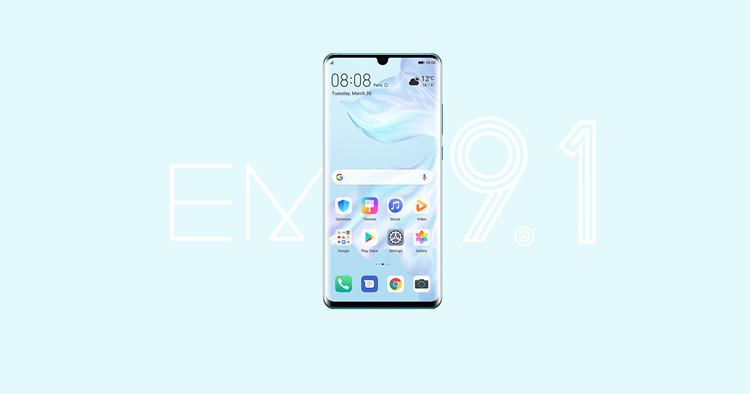
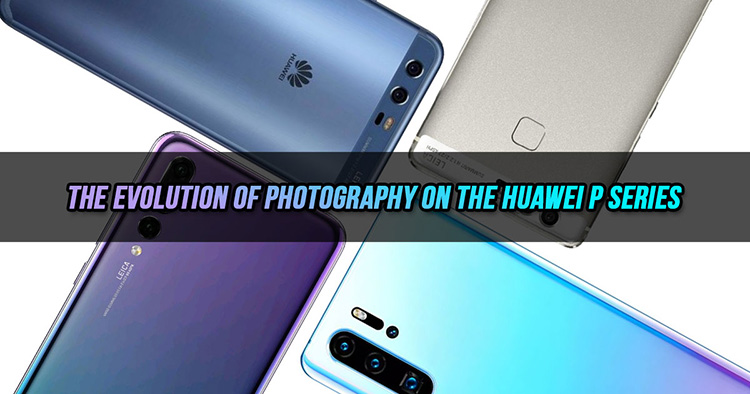
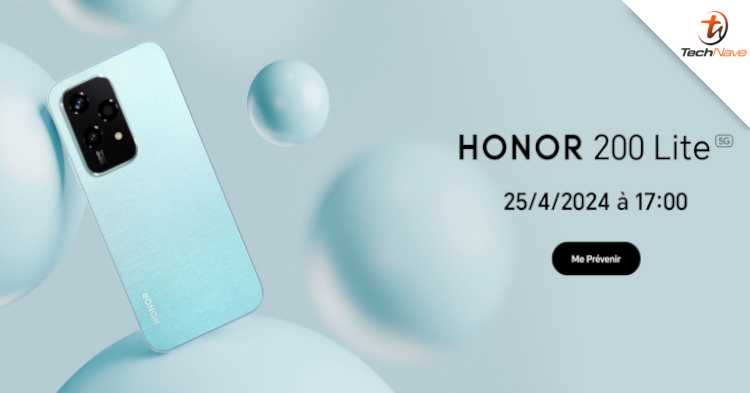

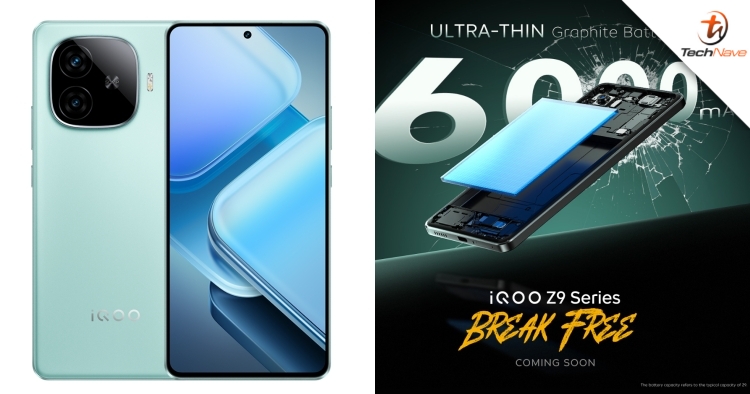
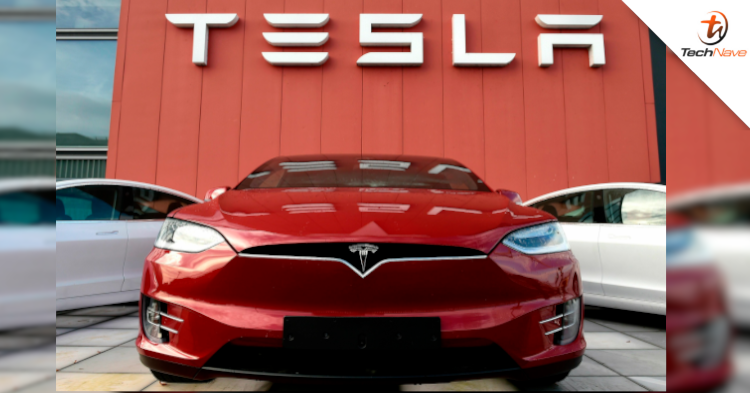



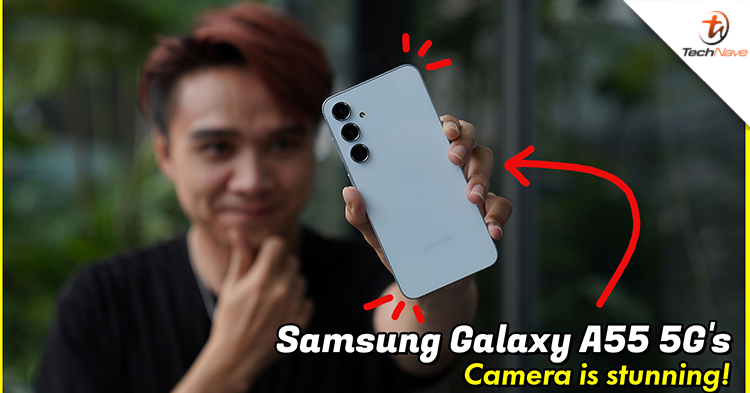


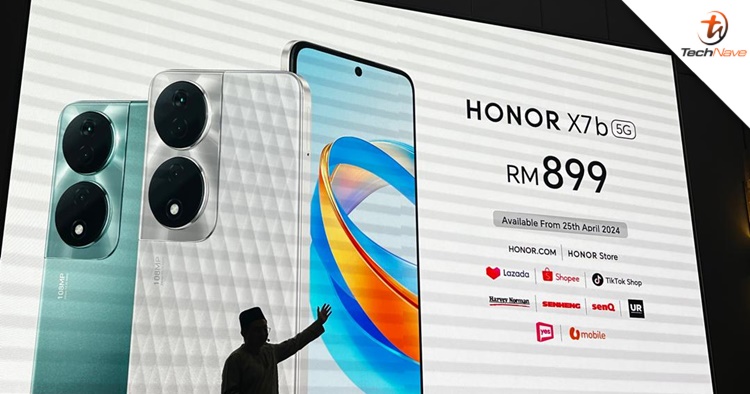
COMMENTS